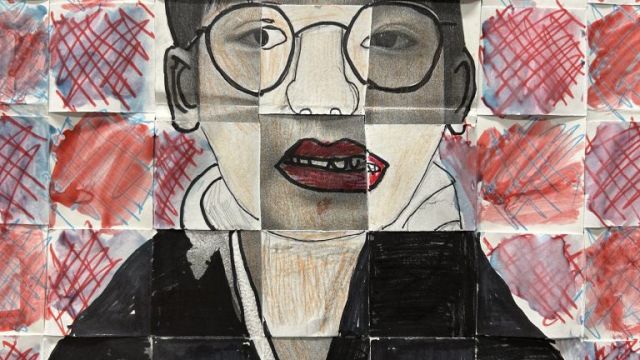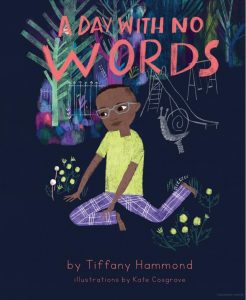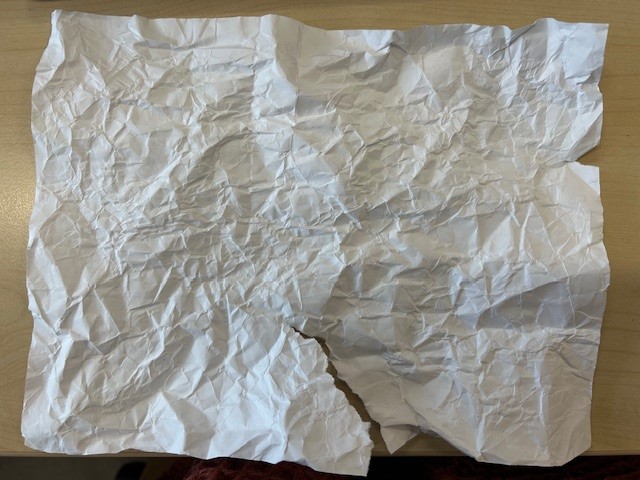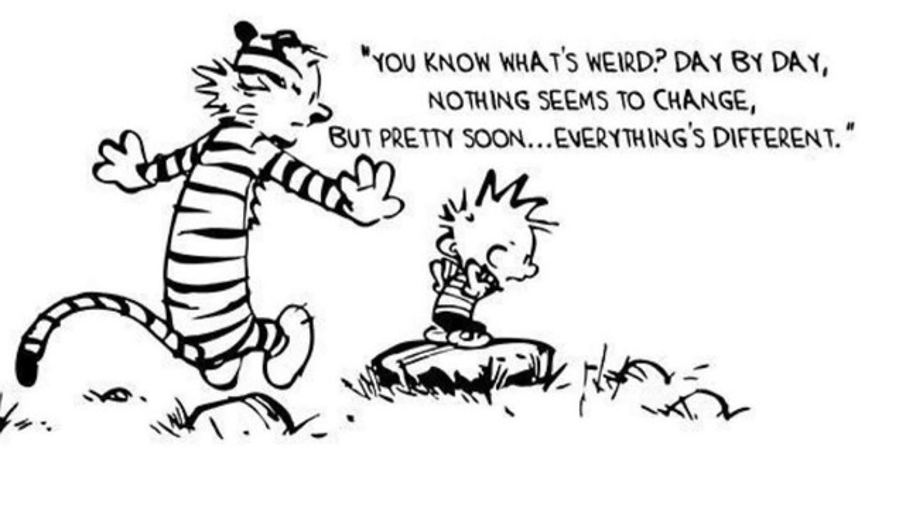 As another school year draws to a close, I am thankful for sharing my time with all the wonderful students of Division 5. It has been amazing to watch you grow, change, solve problems, stretch yourselves, and experience new things. This year, I hope you have learned that you CAN do hard things! I am proud of how far all of you have come, and I look forward to seeing what you get up to next.
As another school year draws to a close, I am thankful for sharing my time with all the wonderful students of Division 5. It has been amazing to watch you grow, change, solve problems, stretch yourselves, and experience new things. This year, I hope you have learned that you CAN do hard things! I am proud of how far all of you have come, and I look forward to seeing what you get up to next.
For our community members who are moving, we will miss you! I hope the friends and connections you’ve made here will continue after you’ve gone on to your next adventure.
Wishing all my students and their families and wonderful and safe summer. Thank you for all your support and care in the 2023-2024 school year. This summer, I hope you get the down time you deserve, and opportunities to follow your passions.
With care,
Ms. Coutts
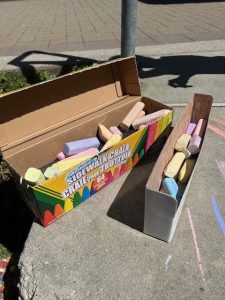 Division 5 planned and created chalk mandalas this week. When I came across this giant box of 64 different chalk colours, I KNEW we had to do this project!
Division 5 planned and created chalk mandalas this week. When I came across this giant box of 64 different chalk colours, I KNEW we had to do this project!

























































































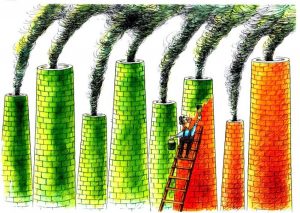 As part of our media literacy studies, and in preparation for Earth Day next week, students in Division 5 have been discussing the concept of “greenwashing.”
As part of our media literacy studies, and in preparation for Earth Day next week, students in Division 5 have been discussing the concept of “greenwashing.”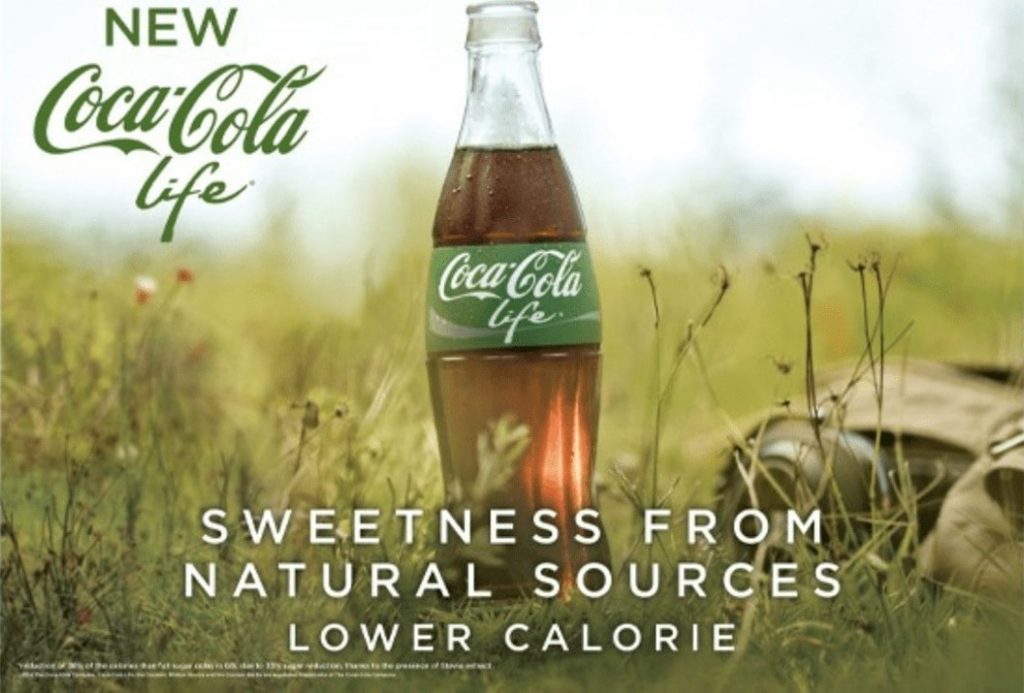
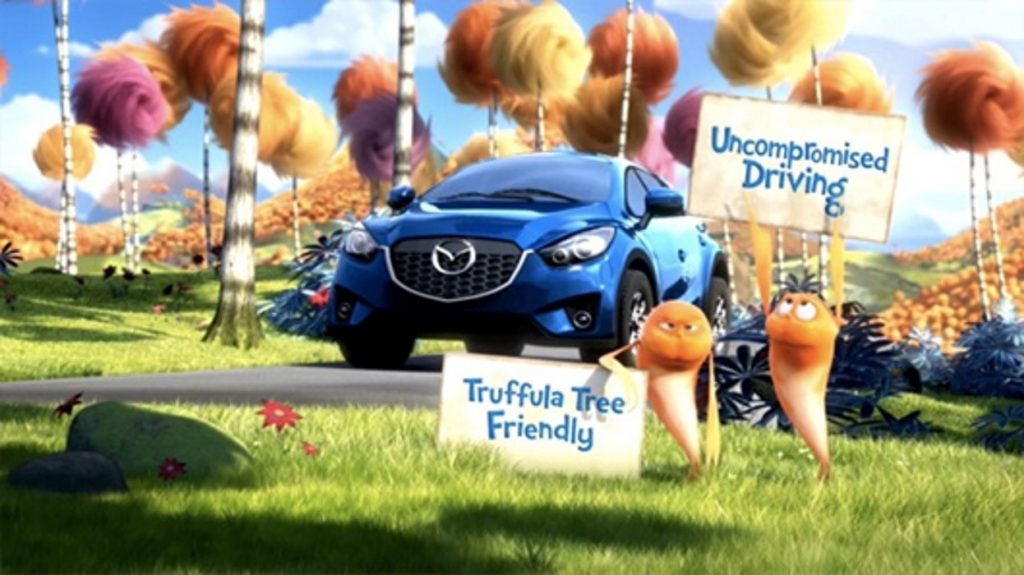
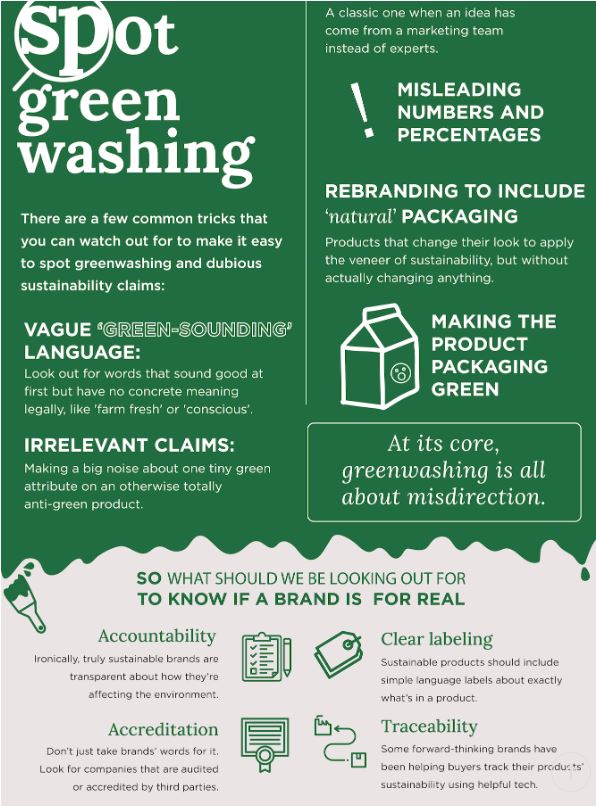
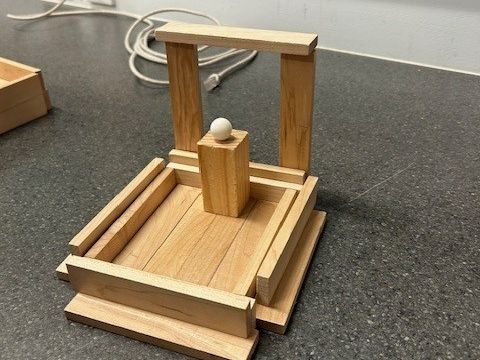
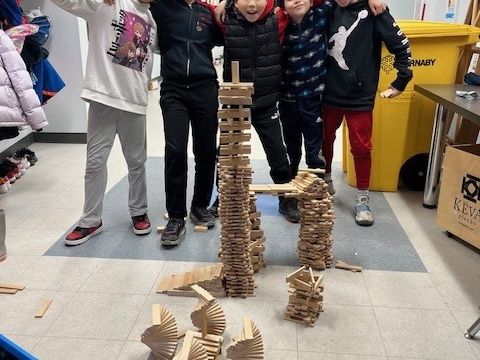
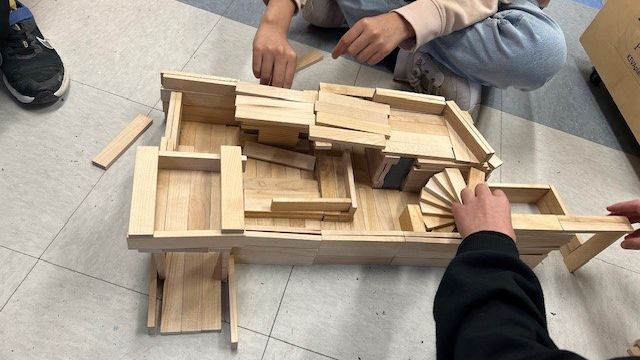
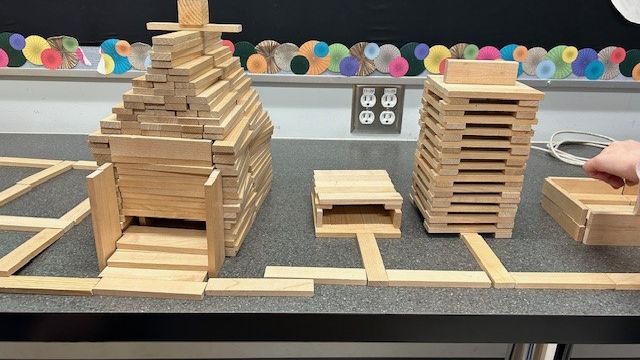
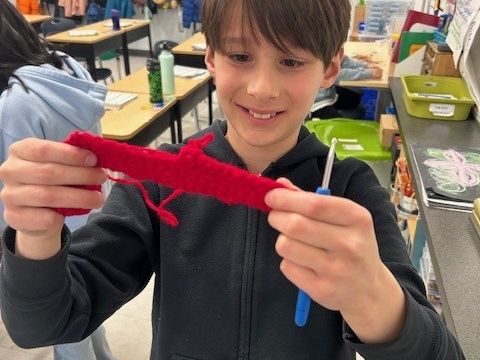
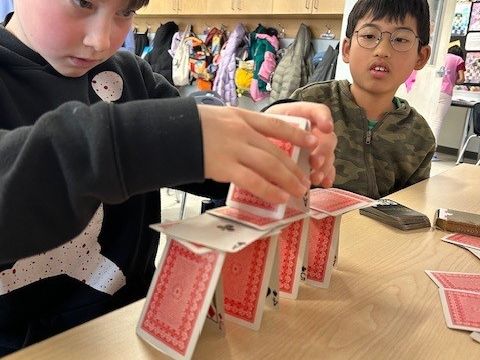
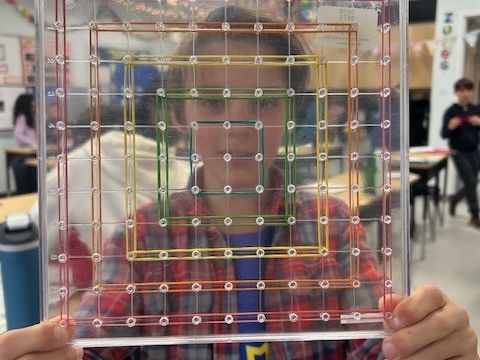
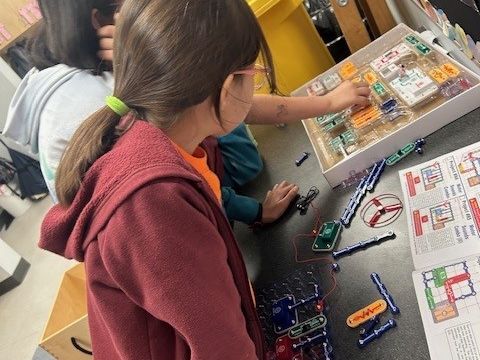
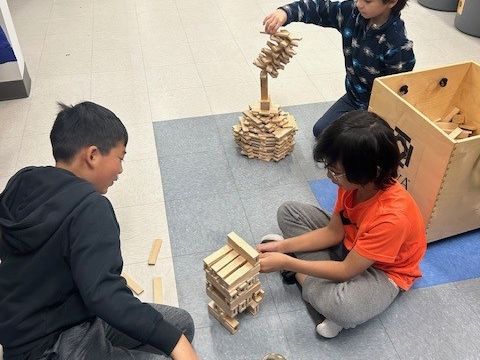
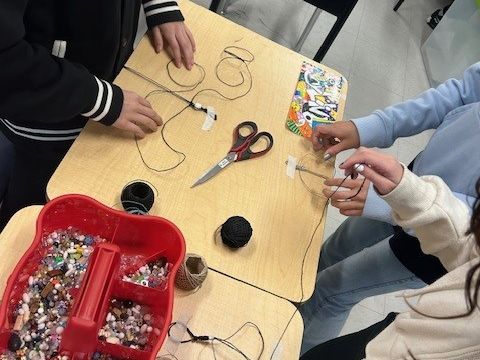
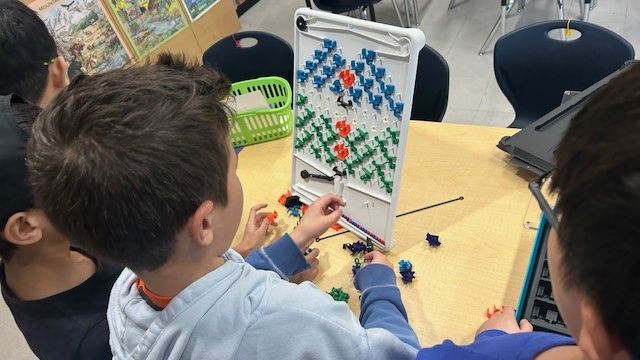
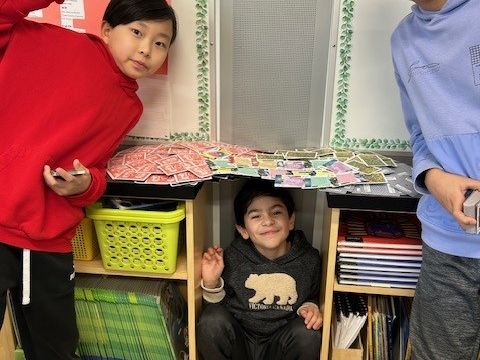
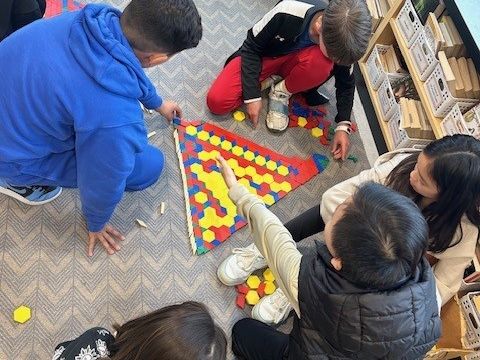
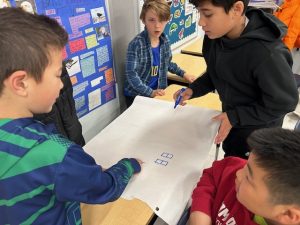 Working in groups is a significant part of learning and decision making, in school and many career fields. This requires us to be active listeners and contributors in order to build understanding and work towards a common goal. On our first day back from Spring Break, it was time for a desk change. We’ve tried various arrangements throughout the year so far, but this time the students decided on how the desks should be organized.
Working in groups is a significant part of learning and decision making, in school and many career fields. This requires us to be active listeners and contributors in order to build understanding and work towards a common goal. On our first day back from Spring Break, it was time for a desk change. We’ve tried various arrangements throughout the year so far, but this time the students decided on how the desks should be organized.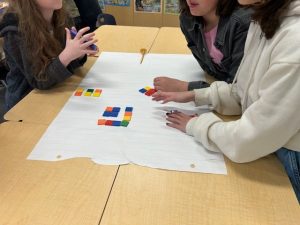 As a large group, we brainstormed the various arrangements they’ve experienced in the past, and discussed the possible design constraints (shape and size of the room, number of desks, etc). Then students broke into small groups, where each group used tiles to design a possible layout. They had to discuss and negotiate different possibilities before having to reach a consensus on which design they thought best suited our classroom. They recorded their designs on large paper and outlined pros and cons for their design, considering issues
As a large group, we brainstormed the various arrangements they’ve experienced in the past, and discussed the possible design constraints (shape and size of the room, number of desks, etc). Then students broke into small groups, where each group used tiles to design a possible layout. They had to discuss and negotiate different possibilities before having to reach a consensus on which design they thought best suited our classroom. They recorded their designs on large paper and outlined pros and cons for their design, considering issues 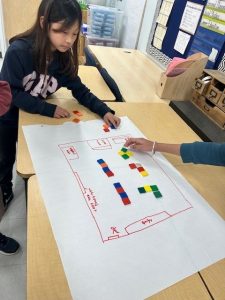 around use of space, mobility, and “chatter.” Groups presented their ideas to the whole class, and then students voted.
around use of space, mobility, and “chatter.” Groups presented their ideas to the whole class, and then students voted.
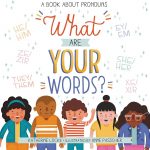 The first was a “half ‘n’ half” portrait where one side was part of a lesson in proportionate sketching, and on the other side, students used symbolism to represent who they are and what they like. After reading What Are Your Words? students added descriptive words to their portraits.
The first was a “half ‘n’ half” portrait where one side was part of a lesson in proportionate sketching, and on the other side, students used symbolism to represent who they are and what they like. After reading What Are Your Words? students added descriptive words to their portraits.




















